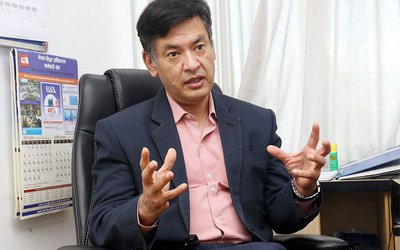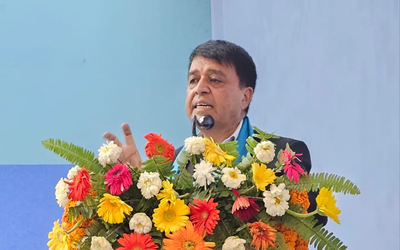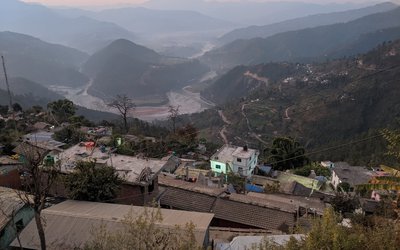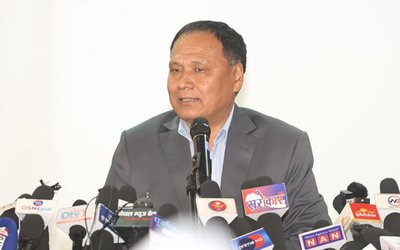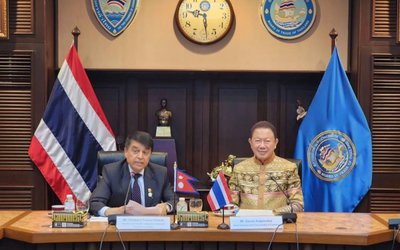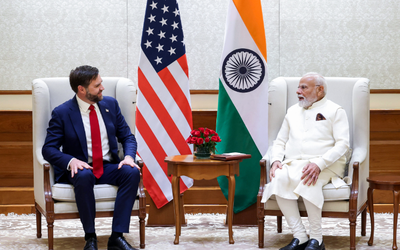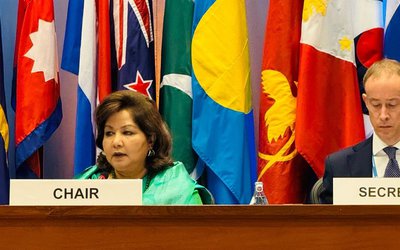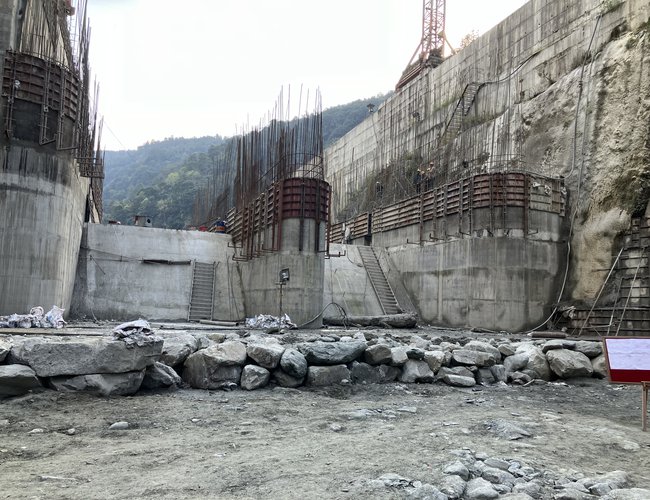
The 40 MW Rahughat Hydropower Project is currently facing challenges due to the scarcity of construction materials such as concrete. Sand and boulders. The Supreme Court's stay order preventing the excavation of materials from the Kali Gandaki River has exacerbated the situation.
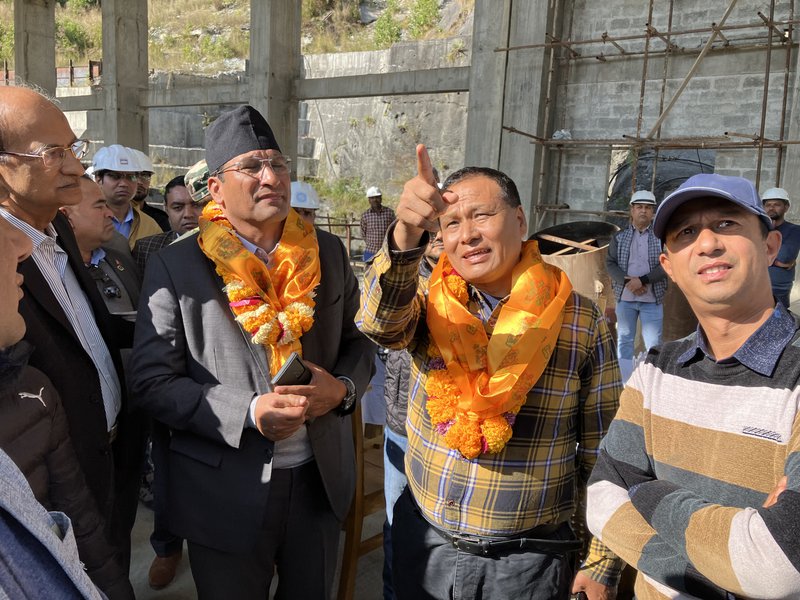
Despite commencing in early 2008, the project has shown significant progress over the past four years and is now in its final stages of completion.
Ganesh KC, the Managing Director of Rahuganga Hydropower Limited, mentioned that at the current rate of work, they are on track to finish construction by the following year.
However, the restrictions on material excavation from the Kali Gandaki River are expected to impact the project. KC explained that although there is an alternative site for excavation, it can only provide 20,000 cubic feet of materials, falling short of the required 100,000 cubic feet. The lack of construction materials has been brought to the attention of the House of Representatives, with a request for necessary intervention.
The Minister of Energy has taken the initiative to address the issue of stone, gravel, and sand mining affecting the construction of the Rahughat hydropower project.
The project, located in Raghuganga village of Myagdi, has faced challenges in excavation due to the shortage of necessary materials. The construction was halted as the project did not move from the designated location specified in the IEE report, which identified the Gandaki river as the source of construction materials.
The Supreme Court, under the leadership of Chief Justice Cholendra Shamsher Rana, recognized the religious, historical, and environmental significance of the Kaligandaki river. An interim order was issued to prevent any activities that could harm the river, such as diverting its flow, polluting it, or extracting its resources. In December 2023, Minister Shakti Bahadur Basnet, along with officials from the Nepal Electricity Authority, visited the construction site to monitor the progress.
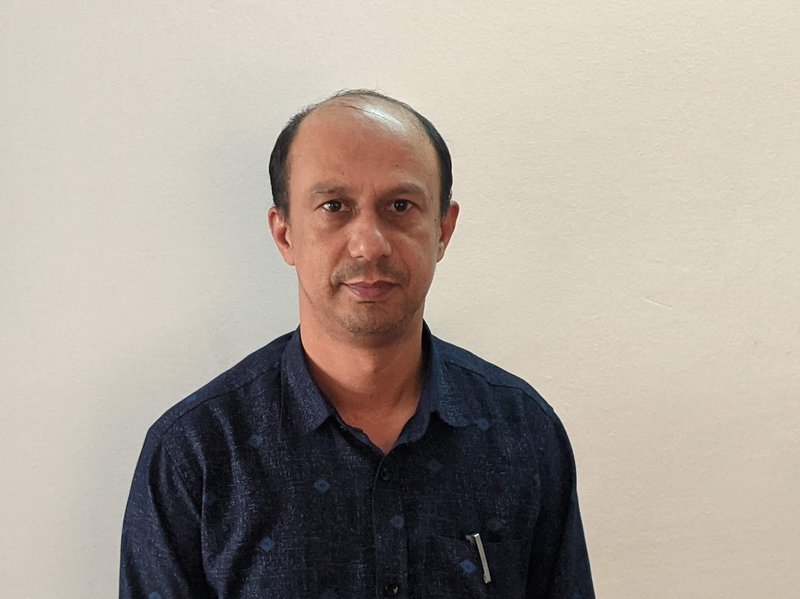
In December 2023, Minister of Energy, Water Resources and Irrigation Shakti Bahadur Basnet, along with Managing Director of Nepal Electricity Authority Kulman Ghising and Deputy Managing Director Pradeep Kumar Thike, paid a visit to the construction site for monitoring purposes.
The project management and contractor companies informed them that, due to the Supreme Court's Interim order, the project was unable to extract river-borne material from the river.
During the visit, Minister Basnet expressed satisfaction with the progress of the project in recent times. He emphasized the need for necessary initiatives, coordination, and facilitation at the highest level to address the challenges faced in obtaining river materials.
Furthermore, Minister Basnet instructed the completion of the project within the designated timeframe. The contractor companies have assured that they will finish the construction within the next 15 months, provided the current shortage of river-based construction materials such as stone, gravel, and sand is resolved.
MD K.C, the managing director of Raghuganga Hydropower Ltd., has reported that the project's overall physical progress stands at 70 percent. Construction is underway for various structures including dams, main tunnels, and power houses.
Currently, 6 kilometers out of the 6.3 km main tunnel has been excavated, with the remaining portion requiring concrete lining. Additionally, the civil construction work for the power house is being carried out alongside the installation of equipment. To complete these tasks, the project requires 150,000 cubic meters of stone, gravel, and sand for the construction of concrete lining and dam area structures.
However, there is a shortage of construction materials, with only 10 cubic meters of space available. In response to this issue, the project's promoter company, Raghuganga Hydropower Ltd., participated in a tender for the excavation of river materials in the Myagdi river and secured 10,000 cubic meters of land.
Despite this, it is still insufficient to meet the project's requirements. The shortage of construction materials from the river has adversely affected the progress of the work, prompting the project team to seek solutions at a higher level.
Around eighteen months ago, the Agriculture, Cooperatives, and Natural Resources Committee of the Federal Parliament conducted an on-site monitoring visit to the project. During their visit, they determined that the project's cost would increase if there were delays caused by the unavailability of construction materials from the river. As a result, the committee recommended that it would be appropriate to seek a review from the Supreme Court in order to rectify the government's interim order to remove harmful river products for the purpose of river protection.
Raghu Ganga Hydropower Ltd. is a company that is fully owned by the Nepal Government, with investment from the Nepal Electricity Authority and a concessional loan from the Indian Export Import (Exim) Bank. The estimated cost of the project is 80.9 million US dollars, with a concessional loan of 67 million dollars from the Exim Bank of India.
According to MD KC, the plant is expected to generate approximately 247.89 GWh of energy annually, with 137.71 GWh being firm energy in a 90% dependable year. The plant is fully capable of meeting these energy generation targets.
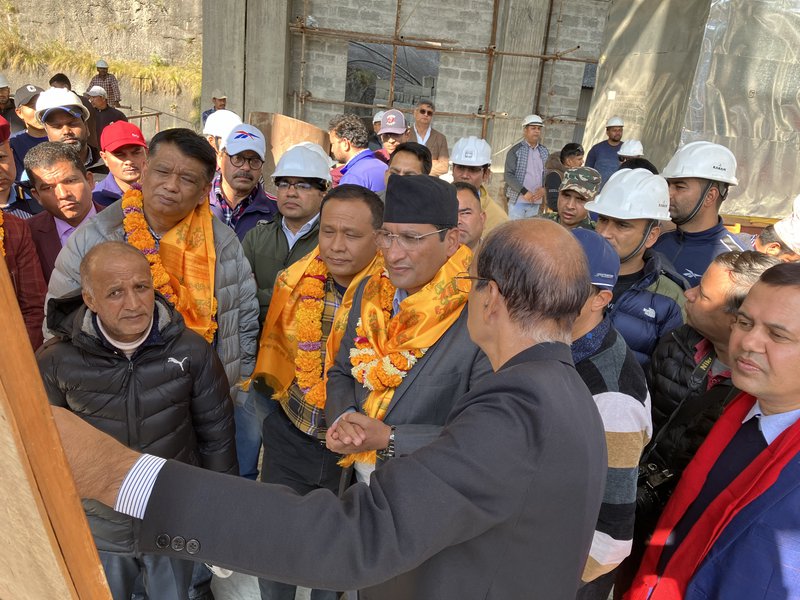
The Engineering, Procurement and Construction (EPC) format is being utilized by Jai Prakash Associates Ltd., India for the construction of civil structure and hydro mechanical works.
Bharat Heavy Electrical Ltd. is responsible for the electromechanical works, while Wapcos Ltd., India is overseeing the construction supervision. Raghuganga Hydropower Limited (RGHPL) was established in March 2017 with the objective of generating 40 MW of power in the Myagdi District of Gandaki Province, Nepal.
The Nepal Electricity Authority (NEA) holds full ownership of this project, and the EXIM bank of India has provided a soft loan for its implementation.
- Nepal’s Snow Leopard Population Reached 397
- Apr 22, 2025
- Education Minister Bhattarai resigns from post
- Apr 22, 2025
- Foreign Minister Dr. Deuba Chaired Asia-Pacific region confronting
- Apr 21, 2025
- Nepal Electricity Authority cancels contract worth over Rs 1 billion, now electricity wires going to customers' homes are bare
- Apr 21, 2025
- Four people died in Taplejung after their vehicle caught fire after getting entangled in a live wire
- Apr 21, 2025
